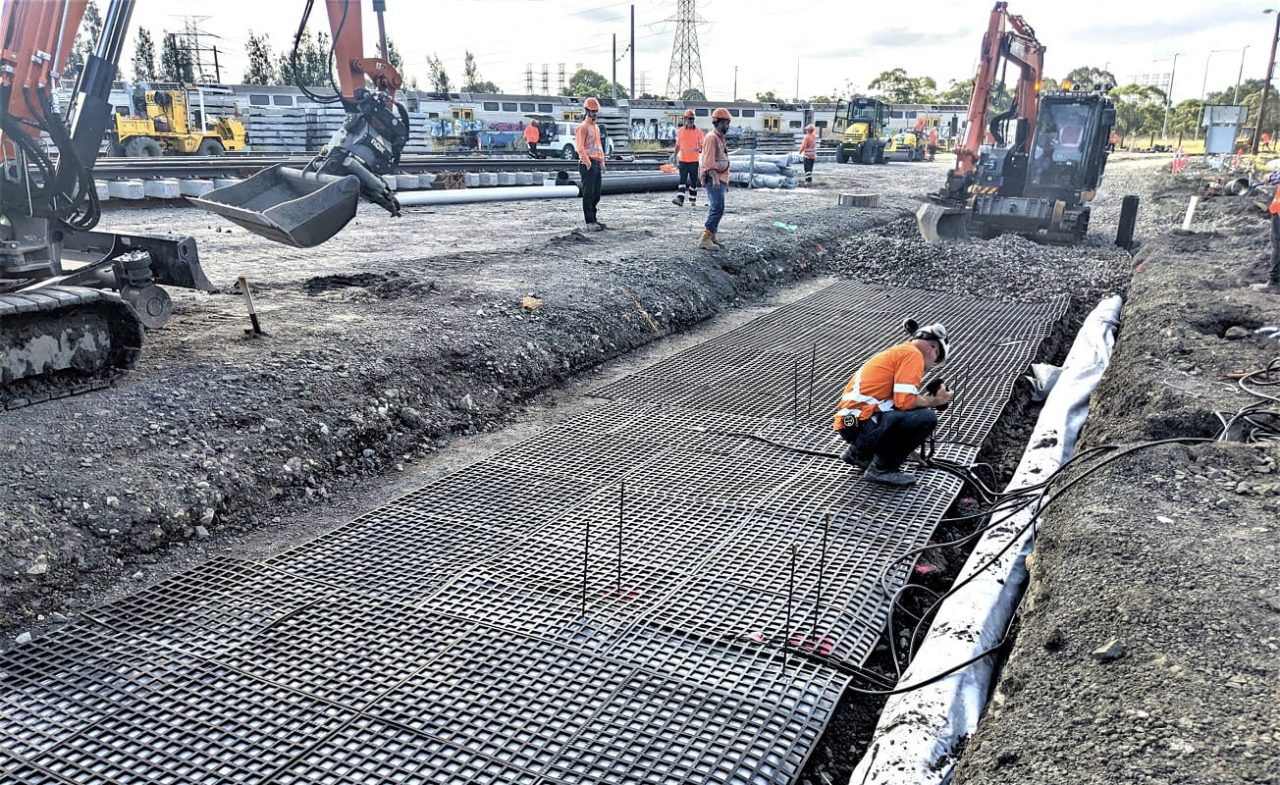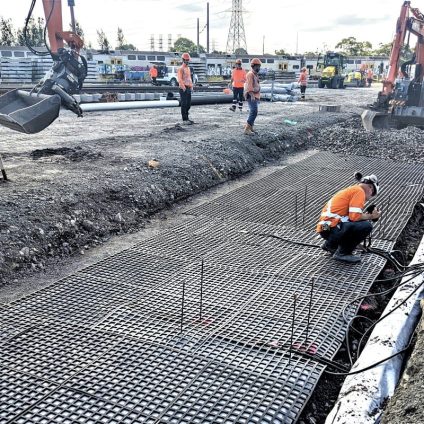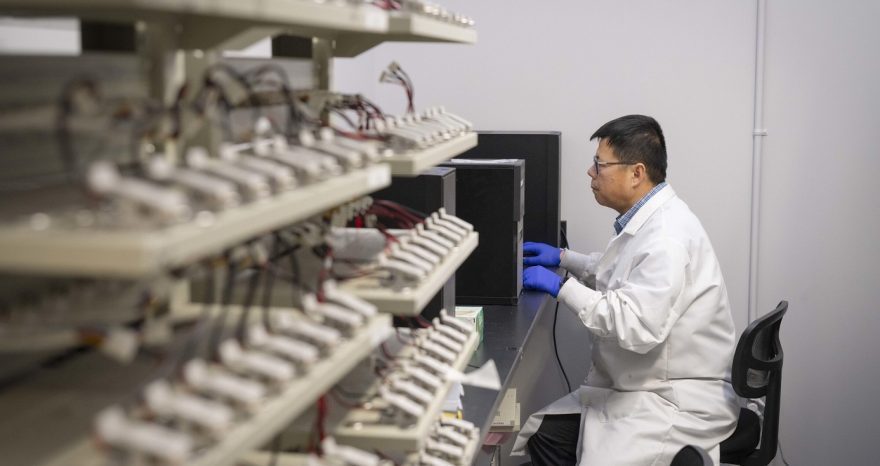A new Australian innovation uses recycled tires as shock-absorbing dampers in railway tracks, reducing maintenance needs and extending infrastructure life.

Traditional system under strain
Rubber dampers made from recycled tires are helping reduce damage to railway tracks, a dual solution that cuts maintenance costs while addressing tire waste. The innovation, developed through a collaboration between the University of Technology Sydney, Sydney Trains, Transport for NSW, and industrial partners, has led to the world’s first technology of its kind. After two years of intensive testing, it has already been trialed on a freight rail line near Sydney.
Beneath every railway track lies a layer of crushed stone, or ballast, which distributes the weight of trains and facilitates water drainage. However, this ballast degrades over time. The constant pressure from passing trains causes the stones to crack, pulverize, and compact, leading to a loss in structural integrity. The result is reduced track stability and the need for frequent, costly maintenance.
Recycled tires, the new technique
As seen in one of the pilot installation sites, researchers have placed a grid made from recycled rubber directly above the ballast. This grid acts as a shock absorber. Sourced from worn-out conveyor belts used in mining operations, the rubber grids provide an additional layer of cushioning and reinforcement. They help stabilize the ballast and distribute the train’s load more effectively.
In addition to the rubber grids, recycled tires were also repurposed into modular cells filled with waste material, such as degraded ballast or washed coal. These cells absorb and spread the pressure more evenly as trains pass, reducing stress on the upper ballast layer. This prevents the stones from breaking down too quickly and significantly extends their functional lifespan.
“The sub-ballast also regulates how the train load is transferred into the deeper, often softer and wetter ground under the tracks, preventing unacceptable ground settlement and weakening of the overlying rail infrastructure,” explains Buddhima Indraratna, inventor of this patented technology and director of the UTS Transport Research Center.
Giving used rubber a new purpose
The recycled rubber essentially functions as a protective cushion between the train and the track bed. To test its effectiveness, researchers installed identical sections of track with and without this rubber substructure. “The rubber sub-ballast controls how the train load is distributed into the deeper layers, preventing settlement and reducing structural deterioration. This directly leads to lower maintenance costs, fewer service disruptions, and a more reliable rail network,” adds Indraratna.
The results confirmed the hypothesis. Track sections with the recycled rubber system experienced significantly less degradation and greater stability over time.
Economic benefits for the rail industry
This breakthrough not only transforms tire waste into a valuable asset but also addresses a long-standing engineering challenge: the high cost of rail maintenance. According to the study’s authors, widespread adoption of the technology could also reduce the demand for newly mined rock, which is both expensive and carbon-intensive.
Although developed in Australia, the project is scalable and applicable worldwide. It targets a major waste stream, the roughly 50 million end-of-life tires generated annually in Australia. “We’ve shown that a significant waste flow can be turned into a high-value resource that supports the circular economy,” the team noted.
The next phase of testing will bring these rubber-based dampers to more demanding locations, such as bridge approaches. These areas experience abrupt changes in track structure and are particularly prone to accelerated wear.













